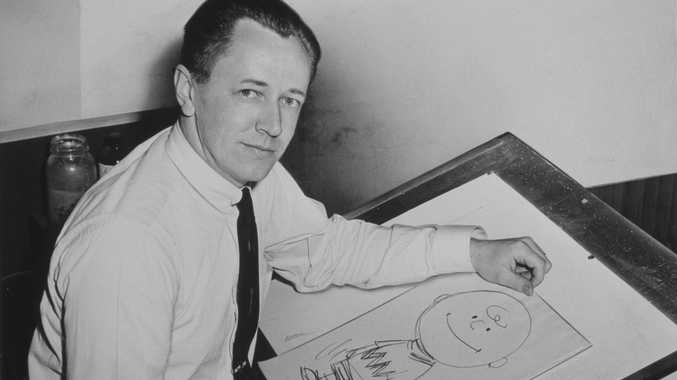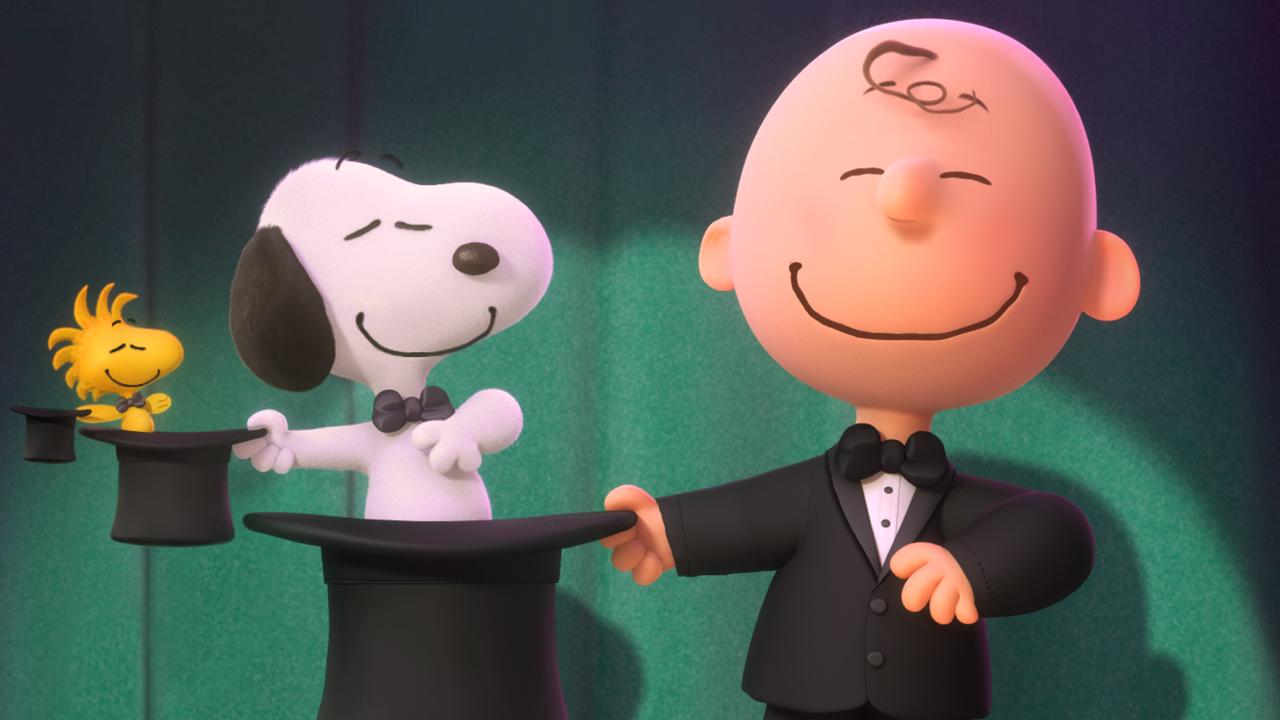Perri Cutten: A Timeless Legacy in Fashion
Remembering Perri Cutten: A trailblazing Australian fashion designer whose timeless elegance and...

 Search...
Search...

Comic strips were a large part of Charles M. Schulz's life from when he was just a newborn baby, with his uncle nicknaming him "Sparky," after the racehorse character, Spark Plug, from the popular newspaper comic strip Barney Google by Billy DeBeck, just days after he was born. Schulz would then go on to create Peanuts - the most famous and beloved comic strip series of all time, telling the tales of Charlie Brown and his friends, including his dog Snoopy. On what would have been his 98th birthday, we look back at the creative genius behind some of the most beloved stories of all time.
Early life and inspirations
Charles Monroe Schulz was born on the 26th of November, 1922 in Minneapolis, Minnesota. Schulz's father, Carl, was a barber of German descent, and his mother, Dena, came from a large family from Norway. Throughout his childhood, it became a ritual for Schulz and his father to read the Sunday morning cartoons in their local newspaper. Inspired by characters such as Mickey Mouse, Popeye and Skippy, he fell in love with cartooning and always knew it was the path for him. At around age 15, he was overjoyed to have a drawing of his family pet, Spike the dog, published in the national Ripley's Believe it or Not newspaper. As he progressed through school, with his mother's support, he completed a correspondence cartoon course with the Federal School of Applied Cartooning.
Beginning his career
After school, he continued to pursue a career in cartooning, working odd jobs on the side as he submitted his artwork to publications. His dreams, however, were put on halt in 1943. His mother, who he had been very close to, passed away of cervical cancer at age 50, and days later he left to join the army in Camp Campbell, Kentucky.
Schulz returned from the war in 1945, settling in an apartment with his father in St. Paul. He remained determined to become a cartoonist, and finally found employment at his former art school, selling intermittent, one-panel cartoons to The Saturday Evening Post and publishing his weekly panel comic, Li'l Folks, in the St. Paul Pioneer Press. Li'l Folks allowed Schulz to hone his skills for the national audience by telling the stories of precocious children with large heads who had mannerisms beyond their years. Finally, after the United Feature Syndicate purchased Li'l Folks in 1950, and had Schulz reluctantly agree to retitle the comic "Peanuts", Schulz finally saw his big break at only 27 years old.

The success of Peanuts
Peanuts officially launched across seven newspapers on the 2nd of October, 1950. It was a small, four-panel comic about a little boy pronouncing his hatred for "good ol' Charlie Brown." Before long, fans from around the country were falling in love with Schulz's characters; the oft-maligned but determined hero Charlie Brown, his joyful dog Snoopy, intelligent Linus and his sister, the bossy Lucy van Pelt, tomboy Peppermint Patty and her best friend, the studious Marcie and a number of other regular characters including Charlie's sister Sally Brown, musician Schoeder, the dirty Pig-Pen, the first African-American character Franklin, Snoopy's bird-friend Woodstock and Snoopy's brother Spike. A whole range of other characters have come and gone throughout the life of the cartoon, but those are the characters at the core of the stories that so many people around the world love to this day.

Schulz received many accolades and awards for his work, including the National Cartoonists Society Humor Comic Strip Award in 1962, the Reuben Award in 1955 and 1964, the Elzie Segar Award in 1980, the Milton Caniff Lifetime Achievement award in 1999, two Peabody Awards, four Emmy Awards, two stars on the Hollywood Walk of Fame (one for himself and one for Snoopy), a place in the William Randolph Hearst Cartoon Hall of Fame and many, many more. The strip is often included in lists of the greatest comics of all time. Over the years, the Peanuts comic strips and characters have been republished in many books, films, TV series, games, amusement park rides, merchandise and even a number of songs, albums and musicals, including the popular "You're a Good Man, Charlie Brown."
Personal life and passing
In 1951, Schulz married Joyce Halverson and adopted her daughter, Meredith. The couple also had a number of children of their own, including Charles Jr., Craig, Amy and Jill. After living in Colorado Springs for several years, the family moved to a large estate in California. In 1972, Schulz and Joyce divorced and Schulz remarried to Jeannie Clyde the following year.
Throughout this, Schulz continued to work on award-winning adaptations of his masterpiece comic, including TV specials and feature-films, as well as handling the daily creation of the Peanuts comic strips all on his own, even as he developed a hand tremor as he grew older. In 1999, Schulz received a diagnosis of colon cancer and announced his retirement.
On the 12th of February, 2000, Schulz passed away in his sleep, the night before the final Peanuts cartoon was published. At this time, the famous comic strip was published in around 2,600 newspapers across 75 countries in 21 different languages.

More than 20 years later, the Peanuts cartoon is still beloved by audiences worldwide, enjoyed by millions of people from all different walks of life, and continues to be adapted into new mediums to this day. Schulz created a legacy with his stories that have inspired and touched the hearts of children and adults alike for generations past and generations to come, and his stories will live on in immortality forever.
"Learn from yesterday, live for today, look to tomorrow, rest this afternoon." - Charles M. Schulz, Charlie Brown's Little Book of Wisdom
Rest in Peace, Charles "Sparky" Schulz.
By Claudia Slack
Sources: